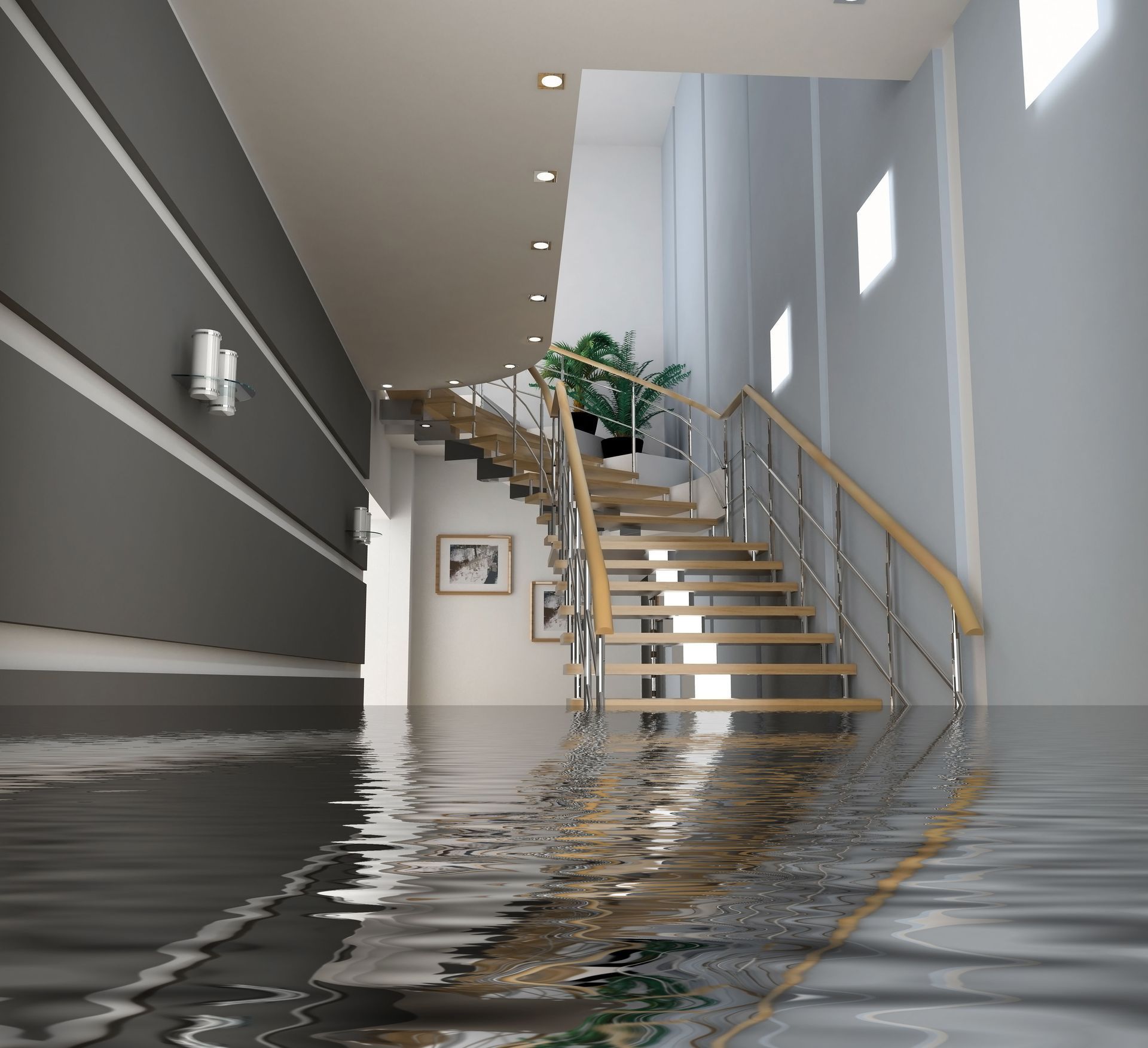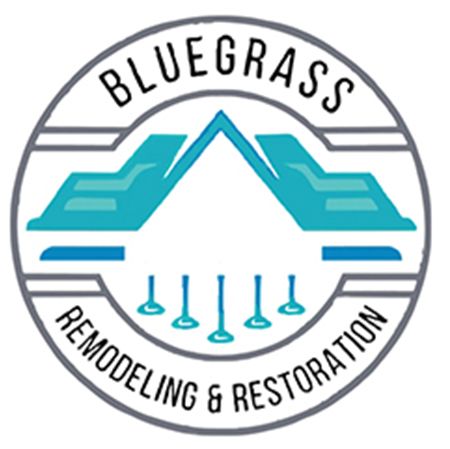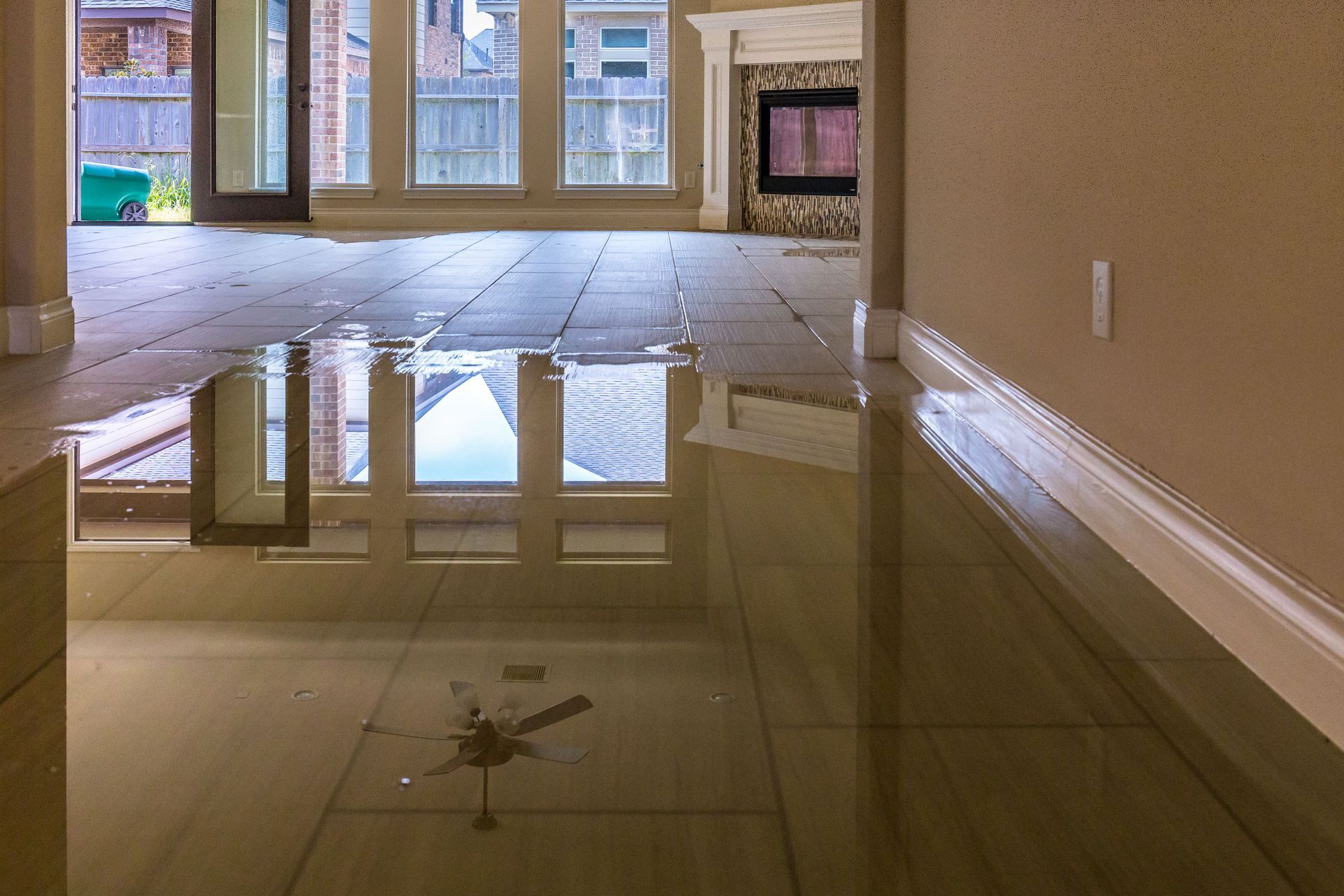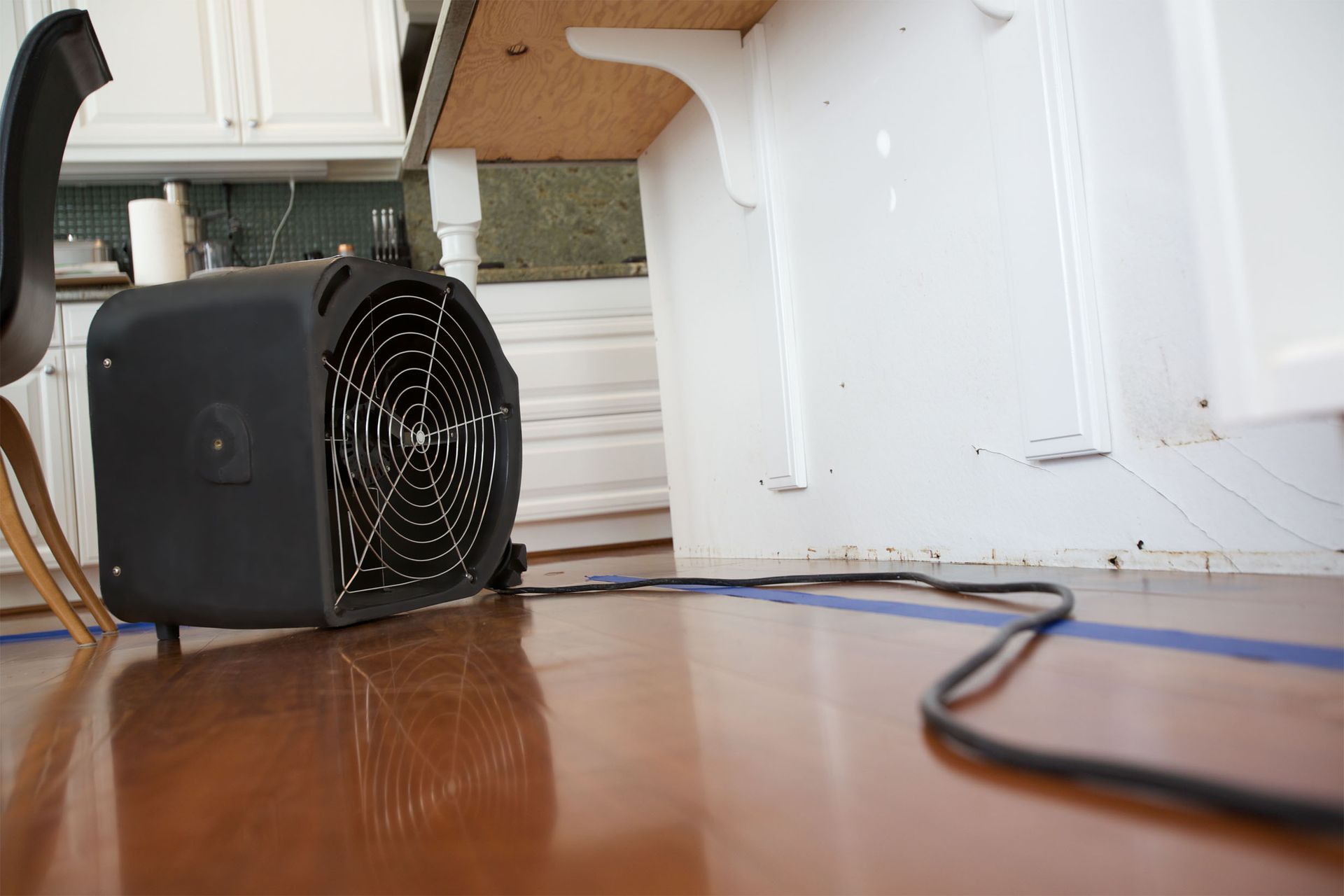September 15, 2025
Water can move from nuisance to nightmare in hours. Whether a supply line bursts, a roof leaks during a storm, or a sump pump fails, fast action limits cost, downtime, and secondary damage. Yet many homeowners and facility managers hesitate because the industry uses two terms, remediation and restoration, that sound similar but serve different purposes. Understanding the distinction helps you call the right water damage contractors, set realistic expectations, and protect your property and health. This guide breaks down what each service includes, when you need which, and how to decide confidently.
Remediation vs. Restoration: The Core Difference
Remediation focuses on stabilizing the loss and removing harmful moisture, contaminants, and materials so the structure is safe and ready for rebuilding. Think containment, extraction, drying, and decontamination. Restoration follows remediation and aims to return the property to pre-loss condition—repairing, replacing, repainting, and finishing surfaces and systems. In short: remediation stops the damage, while restoration puts everything back together.
Signs You Need Remediation Right Now
Call remediation as your first move when you notice active water or conditions that can quickly escalate:
- Standing water, wet carpets, or moisture wicking up walls.
- Musty odors, visible mold, or humidity that lingers despite ventilation.
- Discolored drywall, buckling floors, or delaminating cabinets.
- Contaminated sources (sewage backups, floodwater, or appliance leaks that sat for more than 24–48 hours).
- Electrical concerns, slipping hazards, or compromised ceilings.
Water damage contractors arrive with extraction equipment, drying systems, antimicrobial protocols, and safety practices that prevent small problems from becoming structural or health crises.
What Remediation Typically Includes
While every loss is unique, most remediation projects follow a structured, science-driven workflow:
- Assessment and moisture mapping: Technicians inspect with meters and thermal cameras to locate hidden wet areas.
- Source control: Shutting off water, installing temporary patches, or recommending plumbing/roof fixes.
- Water extraction: Removing standing water and bulk moisture from flooring, padding, and cavities.
- Stabilization and containment: Isolating affected zones to prevent cross-contamination.
- Drying and dehumidification: Using air movement and dehumidifiers to reach target moisture levels.
- Selective demolition: Removing unsalvageable materials (e.g., saturated drywall, swollen baseboards).
- Cleaning and antimicrobial treatment: Addressing bacterial growth and odors safely.
- Monitoring and documentation: Recording moisture readings until the structure is dry and ready for repairs.
When Restoration Takes the Lead
Once materials test within normal moisture ranges and indoor air conditions are safe, restoration can begin. If the water was clean and responded to rapid drying, you may move to restoration quickly. If contamination or prolonged saturation occurred, restoration waits until all removal, sanitization, and clearance steps are complete. Restoration is the phase where your space becomes livable and functional again.
What Restoration Typically Includes
Water damage contractors specializing in restoration will rebuild what remediation prepared:
- Structural repairs: Framing fixes, subfloor reinforcement, and replacement of damaged sheathing.
- Drywall and insulation: Hanging, taping, mudding, and finishing walls and ceilings.
- Flooring replacement: New carpet, pad, luxury vinyl plank, hardwood, or tile installation.
- Cabinetry and millwork: Repairing or replacing cabinets, trim, baseboards, and doors.
- Painting and finishes: Matching colors and textures so repairs blend seamlessly.
- Fixture and appliance reinstallation: Setting sinks, toilets, and built-ins once surfaces cure.
The goal is a clean handoff back to you with a space that looks and functions like it did—or better—before the loss.
Water Categories and Classes: Why They Change the Plan
According to Home Depot, the Institute of Inspection, Cleaning and Restoration Certification (IICRC) classifies damage into different categories based on three types of water: clean water, gray water, and black water. Here's the breakdown:
- Category 1: Clean water from supply lines; fastest to dry if addressed quickly.
- Category 2: “Gray” water with contaminants (dishwashers, washing machines); requires disinfecting.
- Category 3: “Black” water (sewage, floodwater); mandates strict containment and removal of porous materials.
Class levels (1–4) indicate how deeply water penetrated and what materials are affected (carpet vs. plaster vs. hardwood). Higher classes mean more intensive remediation and longer drying times, which also affect restoration cost and schedule.
The First 24–72 Hours: A Practical Timeline
The initial days shape the entire outcome:
- First 24 hours: Stop the source, protect electrical circuits, extract water, and start dehumidification.
- 24–48 hours: Continue drying, remove unsalvageable materials, and apply antimicrobial treatments if needed.
- 48–72 hours: Validate moisture targets, address concealed cavities, and plan restoration scope.
Fast decisions during this window reduce mold growth, limit structural warping, and shorten the eventual restoration phase.
Insurance and Documentation Tips
Many water losses are covered, but coverage depends on the policy and cause. Protect your claim by building a clear record from hour one:
- Photograph everything: Take wide shots and close-ups before moving items.
- Save receipts and reports: Plumber invoices, remediation logs, moisture readings, and equipment lists matter.
- Communicate early: Notify your carrier and ask about required vendors or documentation formats.
- Track contents: Inventory damaged items with replacement values to streamline contents claims.
Water damage contractors who produce thorough daily reports can simplify adjuster reviews and reduce back-and-forth later.
DIY or Pro? How to Decide
Minor clean water spills on hard surfaces may be manageable with prompt mopping and local fans. Call a professional when:
- Water touched walls, insulation, or subfloors, or you see swelling or staining.
- Carpet and pad are saturated, especially if it wicked under baseboards.
- Odors persist, humidity stays high, or you suspect mold.
- The source is unknown or you can’t verify dryness with proper meters.
- The water was gray or black, or the loss sat more than a day.
Professional water damage contractors bring specialized equipment, containment practices, and drying science that reduce risk and hidden costs down the line.
Choosing a Qualified Company: Questions to Ask
Not all water damage contractors offer both remediation and restoration. Some specialize; others are full-service. Before you sign, ask:
- Do you provide remediation only, restoration only, or both with a single project manager?
- What training and certifications do field leaders hold?
- Will you furnish moisture maps, daily logs, and post-dry verification?
- How do you handle Category 3 water, HEPA filtration, and PPE?
- Who liaises with my insurer and other trades?
- What’s the estimated timeline for both phases?
Clear answers signal professionalism and help avoid scope gaps that delay your return to normal.
The Bottom Line: Which Service Do You Need?
If water is still present, materials are wet, or contamination is possible, you need remediation immediately to stop active damage and stabilize the site. Once dry, clean, and safe, you’ll transition to restoration to rebuild and finish surfaces. Sometimes one company performs both; other times, a remediation specialist hands off to a restoration contractor. The right choice is the one that prioritizes health and structural integrity first, then delivers quality repairs with good documentation and communication.
Deciding between water damage remediation and restoration comes down to timing and scope. Remediation addresses immediate hazards, halts ongoing damage, and prepares your property for safe use, while restoration rebuilds and returns your space to its original condition. Both are essential steps in protecting health, structure, and value after water intrusion. Acting quickly and choosing qualified professionals ensures each phase is done correctly and efficiently. By understanding the difference, you can make confident decisions and recover faster from unexpected water losses, restoring both comfort and peace of mind in your home or business. Contact our water damage contractors in Henderson, KY at Bluegrass Waterproofing & Restoration today to learn more about how we can assist you!






